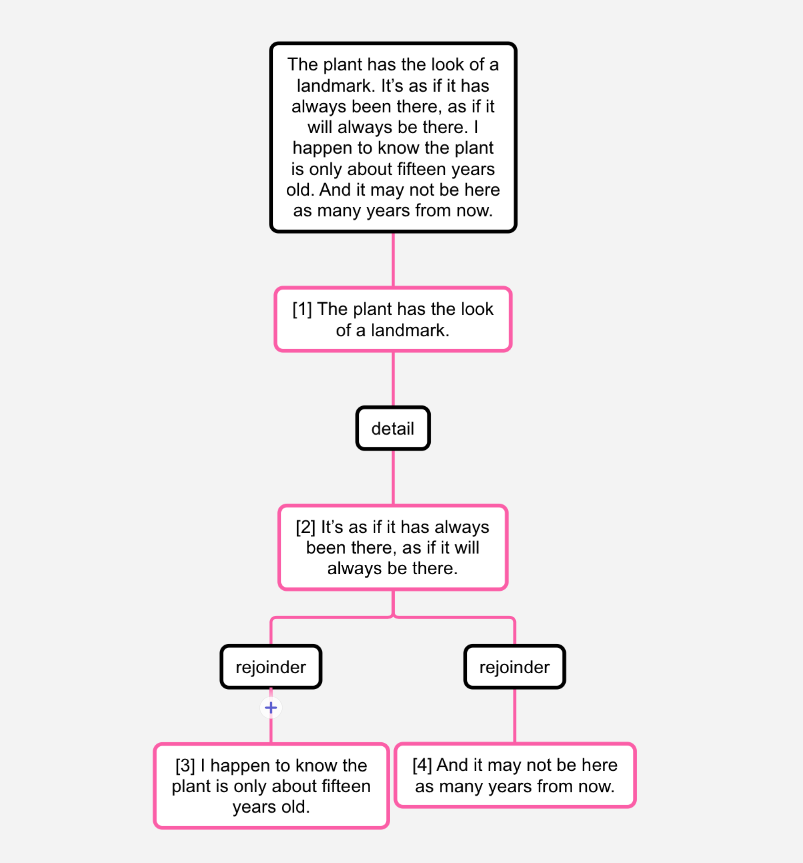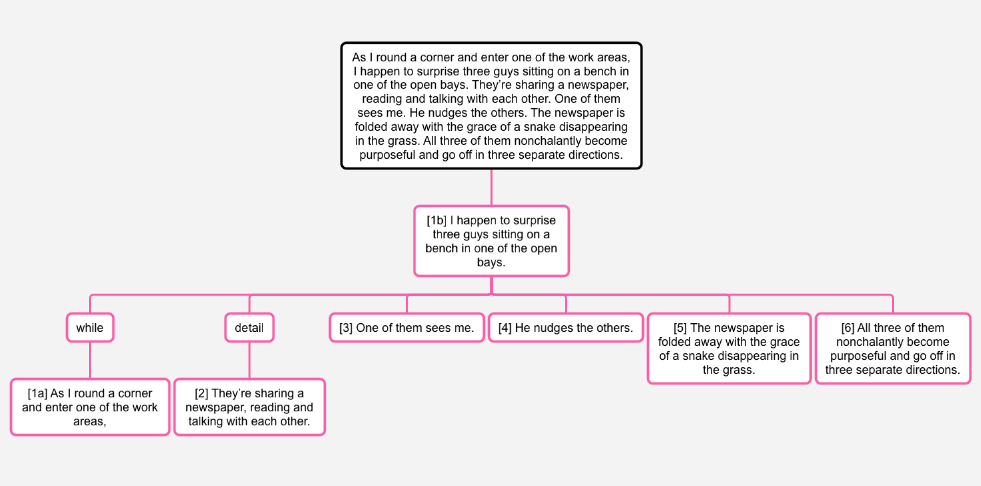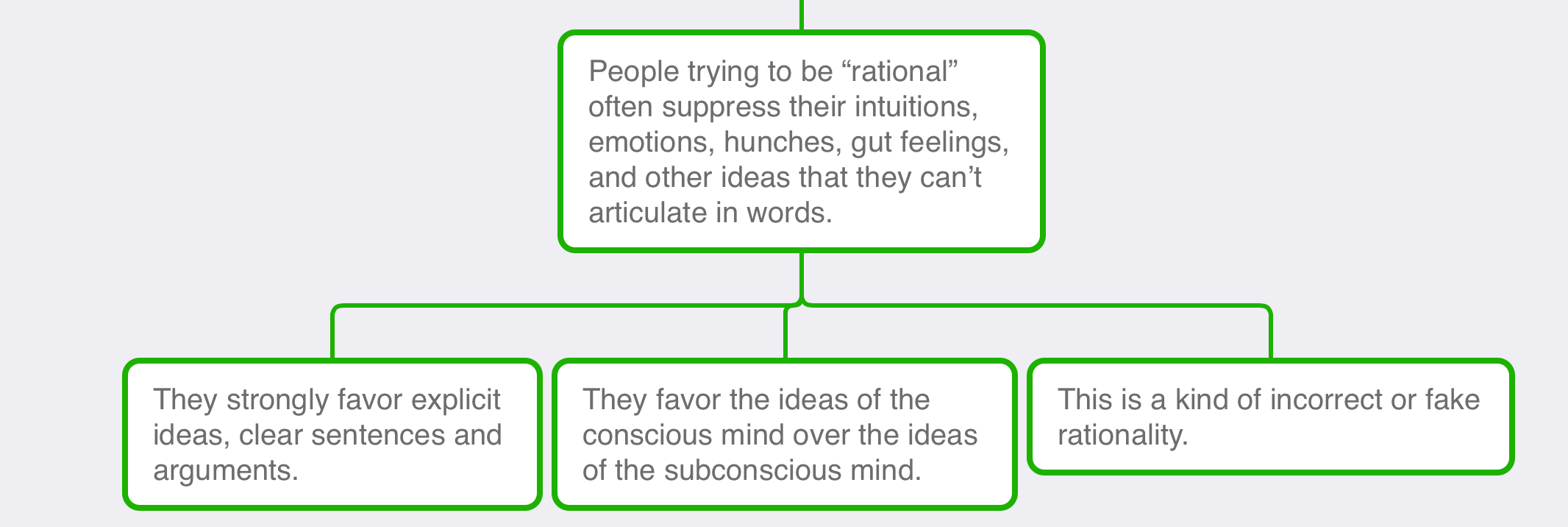Yeah meanwhile is for separate stuff. So “while walking” would be better.
I think it’s possible to do it both ways. It also helps a lot to have context so we know what sort of messenger it’s talking about:
When I’m finally able to tune into what Peach is saying, I find he’s turning the discussion over to the division controller, Ethan Frost, a thin and wrinkled old guy who, with a little makeup, could double for the Grim Reaper.
The news this morning befits the messenger. The first quarter has just ended, and it’s been a terrible one everywhere. The division is now in real danger of a shortfall in cash. All belts must be tightened.
So, taking into account the previous paragraph, first we’re told it’s bad news. Then we’re told what the news is, which can be seen as an additional detail. That’s reasonable.
Rearranging works OK too: there was a bad quarter and, as an additional detail, the badness of the quarter matches Frost’s appearance.
In terms of standard content/meaning, the bad quarter is the main information. It seems more important than the remark about Frost’s appearance. However, the author presents it second. This is a stylistic choice. In this case it’s a very small one: the information is maybe a sentence late, not delayed significantly.
You can make trees that are more focused on modeling what an author wrote, in which case don’t reorder this. You can also make trees that are trying to organize ideas as best you can, in which case this should be rearranged. Both are valid, useful, different types of trees.
For now, I want you to lean towards modeling what the author wrote. Organizing information yourself is more advanced.
If sentence 1 is the root, should 3 go under 1 or 2? The way to decide is by considering whether 3 provides additional details (sub-points or sub-parts) about 2, or if it’s a second part of 1 (like if 1 was broken into multiple parts, or if 1 and 2 go in sequence). Does that make sense?
The answer is: both interpretations are reasonable. Paragraph trees have more good answers than sentence trees do. The rules are less exacting.
Revisit your other trees and see if you want to make any changes.




